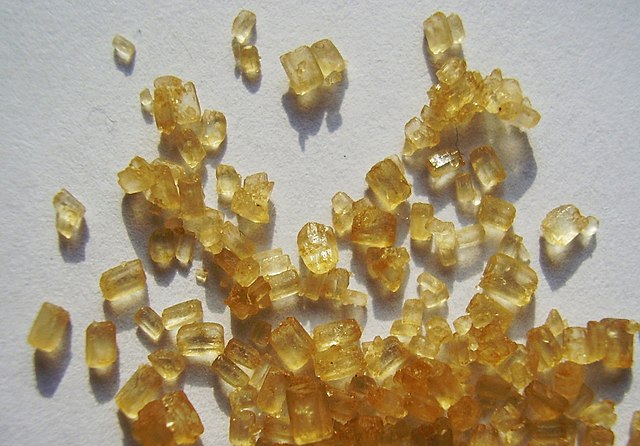New taxes on sugar in Kenya and Pakistan for generating developmental and governmental revenue, respectively, might strengthen retail pricing.
In Pakistan, the governmental retail price was at 164 rupees ($0.60) a kg in March 2025, up 13% year-on-year.
As of mid-April 2025, Kenya’s ex-factory sugar sold at 107 shillings ($0.82) a kg while retail hugged 134 shillings ($1.03).
Both countries now expect the rates above to increase marginally, depending on both production and respective levy margins.
Bittersweet levy in Kenya
For Kenya, the upcoming 4% Sugar Development Levy Order could notch up the price despite a current production rally.
The levy ought to have been effective February 1, 2025 but by April 22, the state was still collecting implementation views.
If the levy lasts the entire year, the East African country will reportedly generate 9.1 billion shillings ($70 million) in levy-based revenue.
10% of the returns will rehabilitate infrastructre, 15% revert to factories, 15% fund research, while 40% will help boost sugarcane yields.
The consumer will however bear the cost if the retail markets pass on the tax. In February, local sugar prices increased 3.2% month-on-month due to mainly inflation and market factors.
Driving this increase was a tick up in the overall monthly national inflation in February 2025 by 0.3%, to 3.5%.
In March however, there was a litle alleviation as sugar production gained, but this was only marginal.
Pakistan’s Changing Sugar Taxes
Also in the line of taxation are salesmen in Pakistan, just two months after an artificially manipulated increase in sugar rates.
The government on April 7, 2025 increased pricing per kilo by between 10 and 15 Pakistani rupees ($0.036-0.053) to absorb the changing tax.
The Federal Board of Revenue initially put the levy at 18% on the old ex-mill price of 72.22 rupees ($0.26) a kg.
The aim is to help Pakistan generate an extra 90 billion rupees ($320.4 million) to cover an annual revenue gap.
Luckily, the sales tax will be under review each 15 days and applies to only the old fixed price. This price is 16 rupees ($0.057) below the newest fixed ex-mill rate.
Thus, two countries in different parts of the world are taking a shot at sugar taxes and how they could impact prices. To learn more on the pricing score in the past few years, below are comparative statistics for both Kenya and Pakistan.
Statistics on Kenya’s and Pakistan’s Domestic Sugar Prices
Kenya’s and Pakistan sugar pricing are world’s apart, with the Pakistani side offering lower prices than the Kenyan. In April 2025, the government of Pakistan set the retail price at a maximum 164 rupees ($0.60) per kg. In contrast, Kenya’s cheapest retail price in the same timeline was at 134.47 shillings ($1.04) a kg.
How have Kenya’s wholesale sugar prices performed in the decade ending 2021?
According to the Kenya Sugar Board, sugar prices at wholesale were as follows from 2011 to 2021:
| Year | Price per kg in Ksh [Average] |
| 2021 | 114 ($0.88, @April 2024 rate) |
| 2020 | 110 ($0.85) |
| 2019 | 110($0.85) |
| 2018 | 118($0.91) |
| 2017 | 132($1.02) |
| 2016 | 115.60($0.89) |
| 2015 | 113.30($0.87) |
| 2014 | 108.63($0.84) |
| 2013 | 122.85($0.95) |
| 2012 | 122.44($0.94) |
| 2011 | 135($1.04) |
How have Pakistan’s wholesale sugar prices performed up to the half decade ending 2023?
The following data by the Pakistan Credit Rating Agency traces domestic prices from 2018 to 2023:
| Year | Wholesale price per kg in PKR |
| 2023 | 122 ($0.43, @April 2024 rate) |
| 2022 | 90.4 ($0.32) |
| 2021 | 101.8 ($0.36)) |
| 2020 | 91.8 ($0.33) |
| 2019 | 64.3 ($0.23) |
| 2018 | 53.6 ($0.19) |
